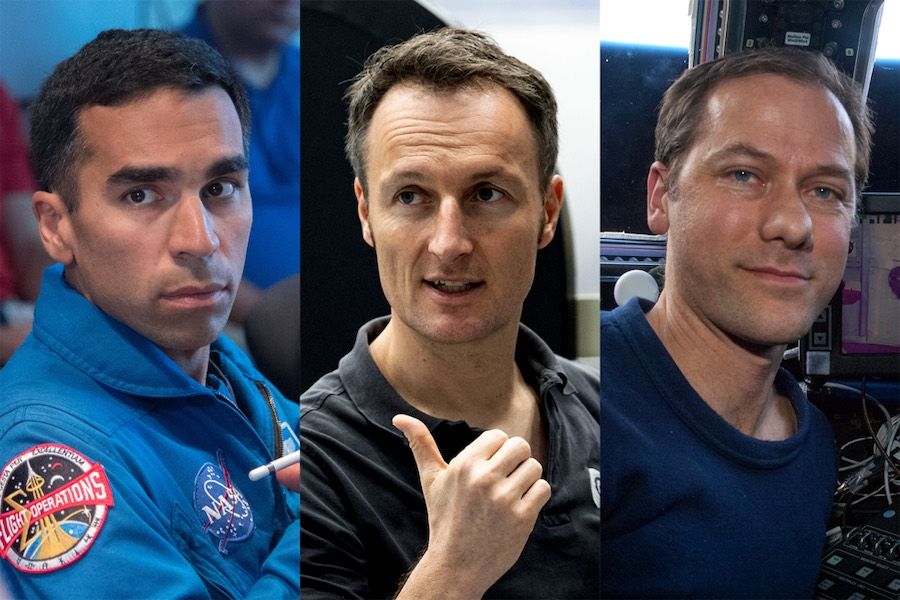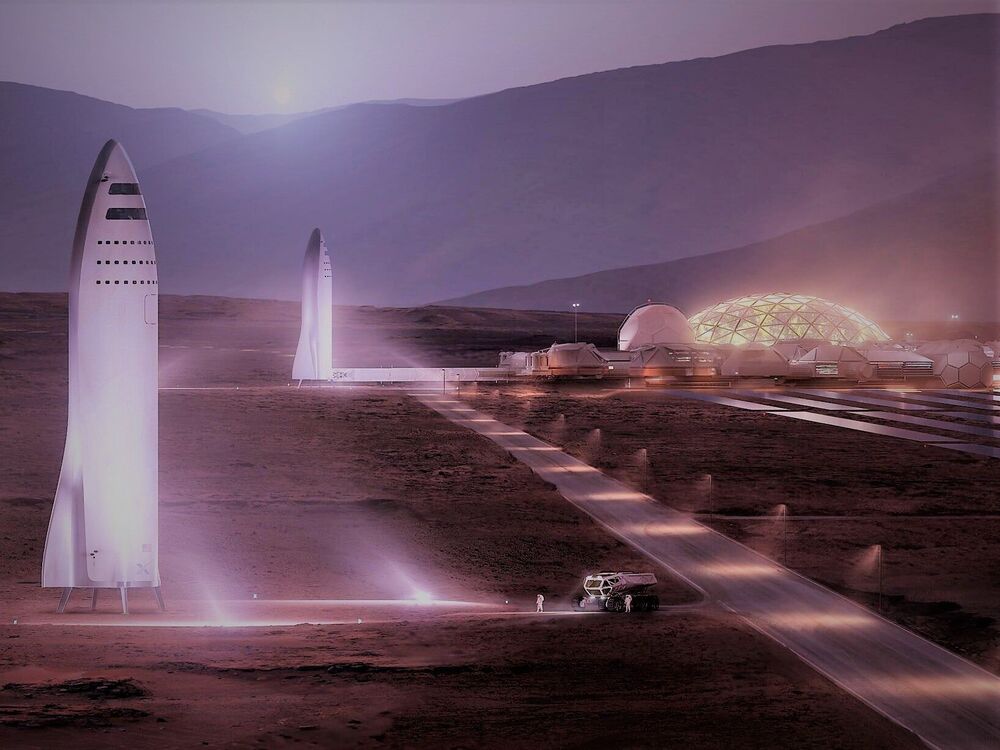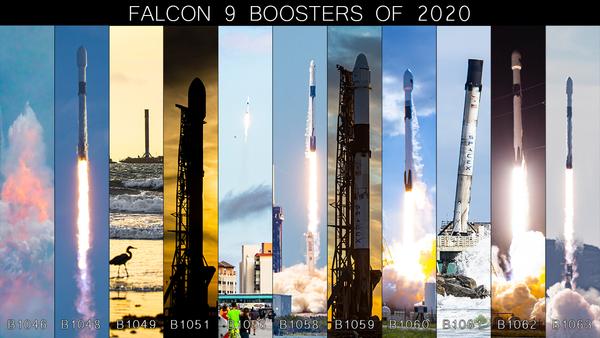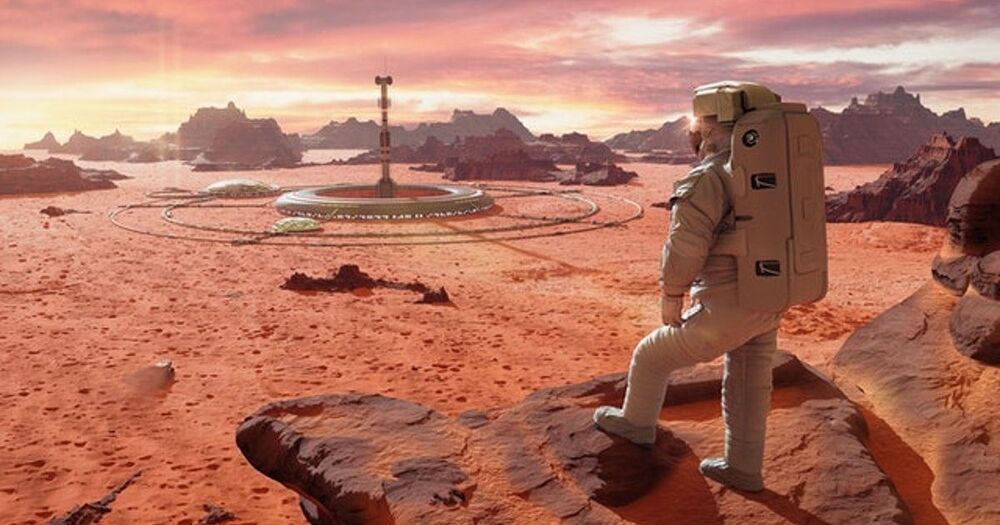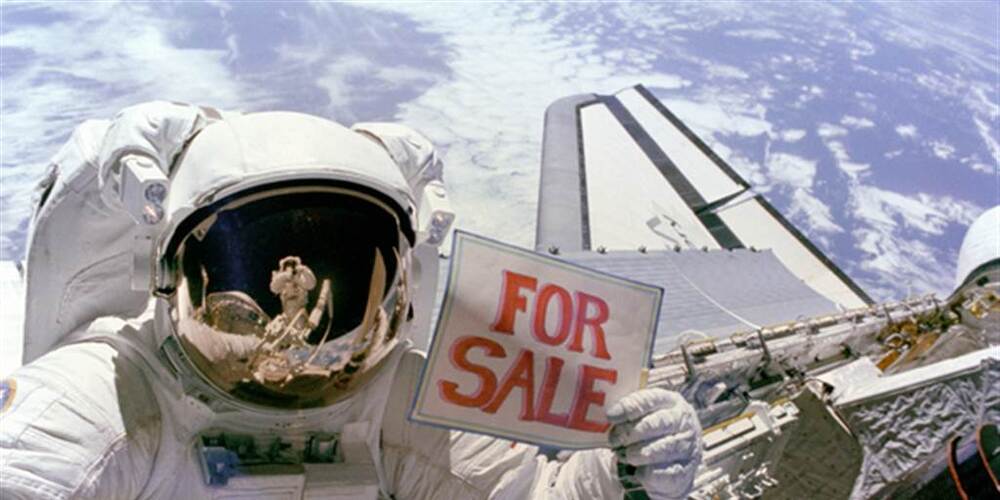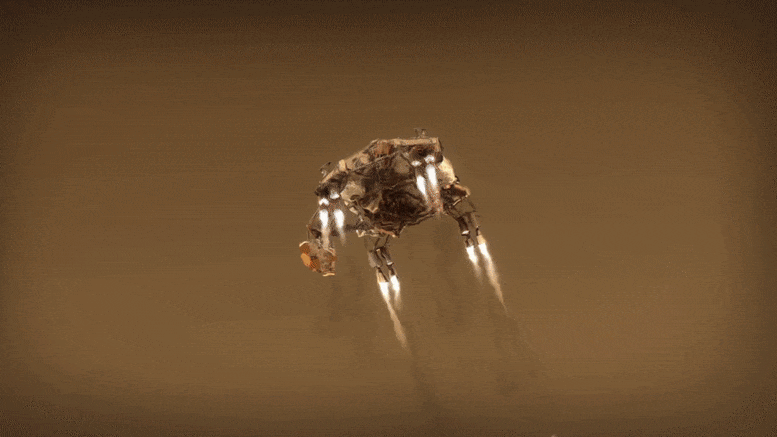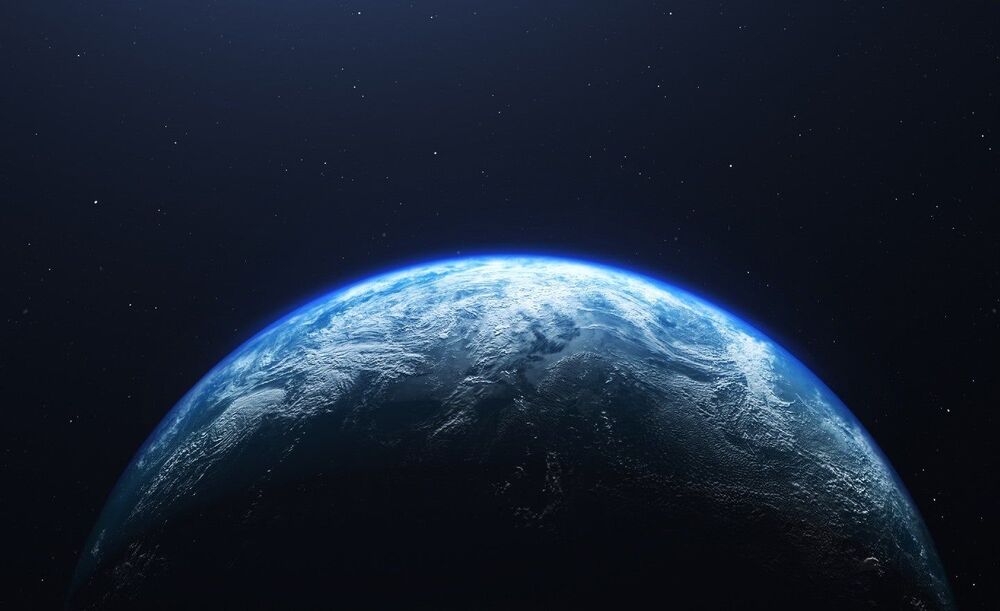Dec 30, 2020
Three astronauts assigned to Crew Dragon mission in late 2021
Posted by Genevieve Klien in category: space travel
Like.
Rookie NASA astronaut Raja Chari — a former U.S. Air Force fighter pilot — veteran physician-astronaut Tom Marshburn, and European Space Agency astronaut Matthias Maurer have been assigned to fly to the International Space Station on a SpaceX Crew Dragon spaceship in the fall of 2021.
A fourth crew member will be added to the mission at a later date, following a review by NASA and its international partners, the U.S. space agency said in a Dec. 14 announcement.
Continue reading “Three astronauts assigned to Crew Dragon mission in late 2021” »
